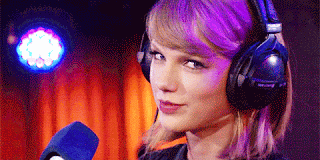Don’t you
just love a really sad book sometimes? Like a Radiohead song that doesn’t make
you feel better, it makes you feel the depth of the sadness? Joan Didion is the
Radiohead of literature. I read and reviewed her memoir six months ago. Her ability to capture the nuances of emotion intrigued
me and I wanted to see how that skill unfurled in her fiction. First stop: Play It as It Lays*.
Play It as It Lays shows the
psychological wear and tear of Maria, a fading actress whose experiences of
loss grind her into a shell of a person. The novel is not a pleasant
pick-me-up. There’s forced abortion, barbiturate addiction, and a caustic
divorce. It’s very theatrical and very Hollywood. It also comes across as very
Joan Didion. Joan Didion is cool, okay? She exudes a commanding presence that
says: Listen to what I have to say; it’s
important.
The novel
jumps around perspectives in the beginning but quickly settles on the
third-person for the remainder of the book. I find it impressive that Didion
can nimbly move through points of view, but because of her ability, I wish she
had continued to do so. As the plot progresses, I yearn for more first-person
reactions, because she’s given me a taste of what it’s like.
TIME magazine included Play It as It Lays in their list of 100 Best English-Language Novels from 1923 to 2005,
which is pretty extra. The book indulges your darker side but I can’t say it
blew me away. Let’s enjoy it for what it is and leave the lists out of it. Play It as It Lays receives 4
out of 5 camel humps.
*Didion, Joan. Play It
as It Lays. New York: Farrar, Straus and Giroux, 1970. Print.
*Lacayo, Richard. “All Time 100 Novels.” Time. Time Inc., 06 Jan. 2010. Web. 31
Jan. 2018.

